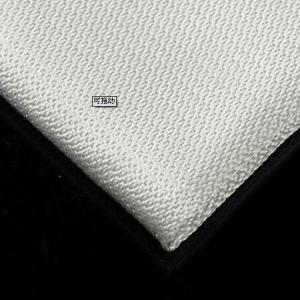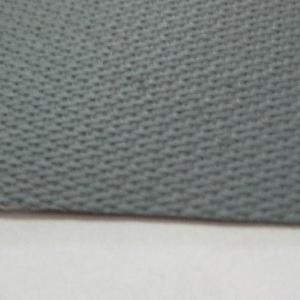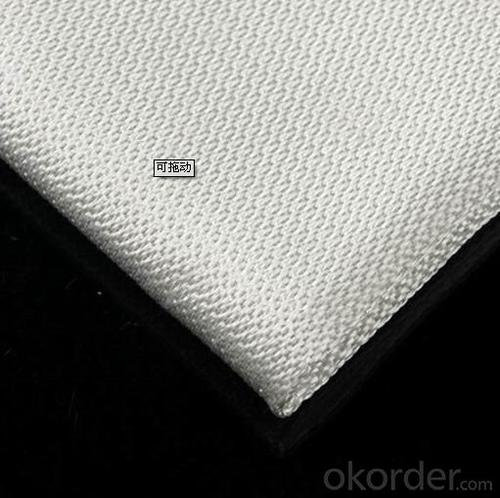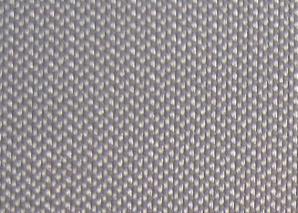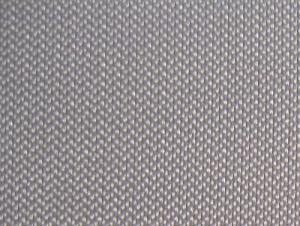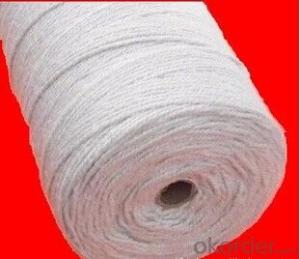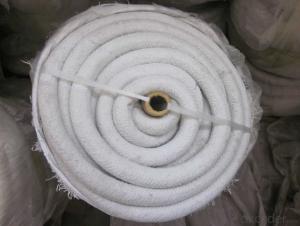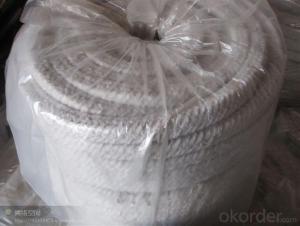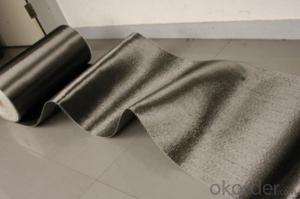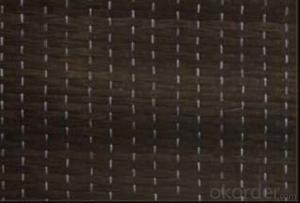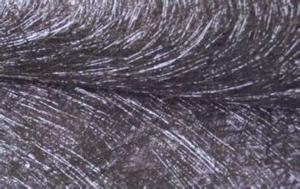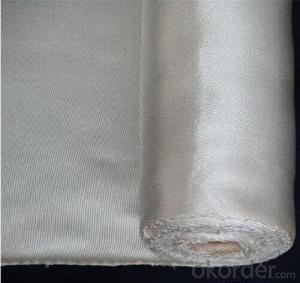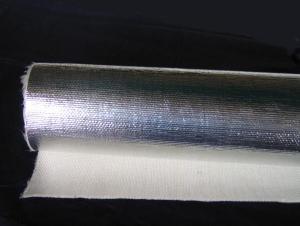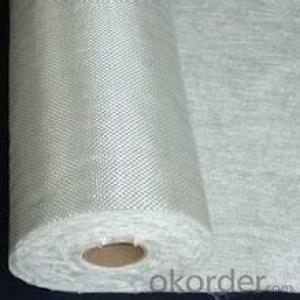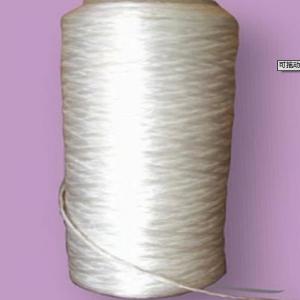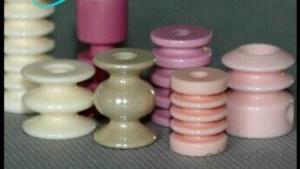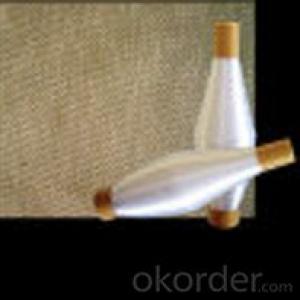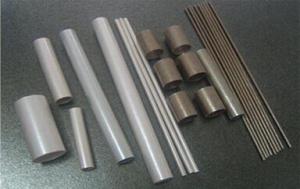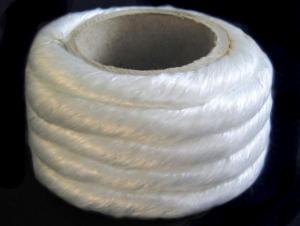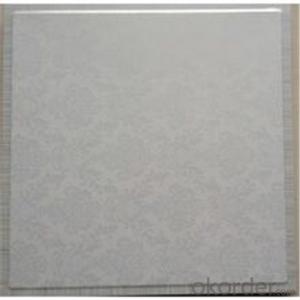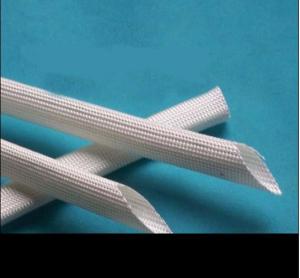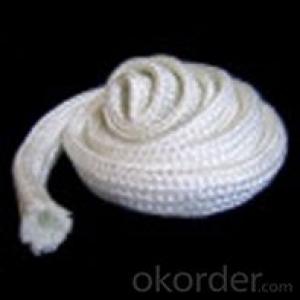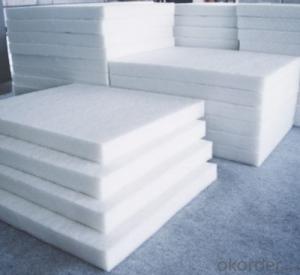Glass Fiber Textiles Silicone Coated Fiberglass Fabric
- Loading Port:
- China Main Port
- Payment Terms:
- TT or L/C
- Min Order Qty:
- 10 tons kg
- Supply Capability:
- 2*20FCL Per Month kg/month
OKorder Service Pledge
OKorder Financial Service
You Might Also Like
General information of Silicone Coated Fiberglass Fabric
Silicone fiberglass fabric is made with the basal material of high temperature resistant fiberglass fabric and silicone rubber by follow-processing; It is a compound material with high quality of performance. It has been widely used in spaceflight, chemical industry, petroleum, large generating electricity equipment, machinery, metallurgy, electric insulation, construction and other fields.
Main capability and characteristics of Silicone Coated Fiberglass Fabric:
1). Good performance on resisting high temperature and low temperature, (the resistance of lowest temperature: -70 degrees to highest temperature: 280 degrees); Good capability on temperature maintaining;
2). High strength: It is soft and ductile, could be tailored;
3). Good capability on chemical corrosion resistant, oil-proofing, waterproofing (washable);
4). Heat-aging and chemical-aging resistant, and preventing from ozone, oxygen and light;
5). High insulation performance, constant dielectric: 3-3.2, breakdown voltage20-50kv/mm.
Main application of Silicone Coated Fiberglass Fabric:
Fiberglass fabric coated with silicon rubber product is a new complex material which has been widely used in such fields as: Construction, electric insulation, pipeline ductile conjunction, chemical corrosion resistant, sealing, etc. The main using fields are:
1). Electric insulation:
Fiberglass fabric material coated with silicon rubber has high electric insulation grade, and it could endure high voltage load, be made into insulated fabric, pipeline, etc
2). Non-metal compensating facility:
Non-metal compensating facility is an instrument for pipeline ductile injunction, and it could solve such sabotage problems to pipeline as heat inflating-cold reducing; It is used as the basic material of ductile inflating knot, having the capability of high using temperature, corrosion resistant, seasoning resistant, good elasticity and ductile. This kind of product has been widely used in petroleum, chemical industry, cement, steel and copper, energy, etc, and has got good using efficiency;
3). Corrosion proofing field
Fiberglass fabric coated with silicon rubber could be used as external and internal corrosion proofing layer of pipeline and preservation jar, and it has excellent corrosion resistance, good capability to resist high temperature, high strength, so it is an ideal corrosion-proofing material.
4). Other fields:
Fiberglass fabric coated with silicon rubber could be used on sealing material of construction, high temperature corrosion-proofing belt, packing material, etc.
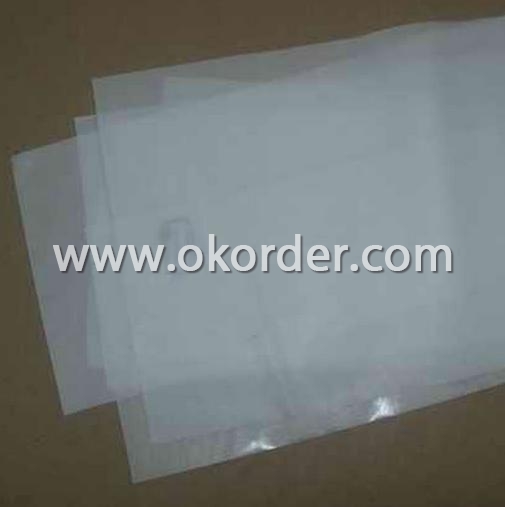
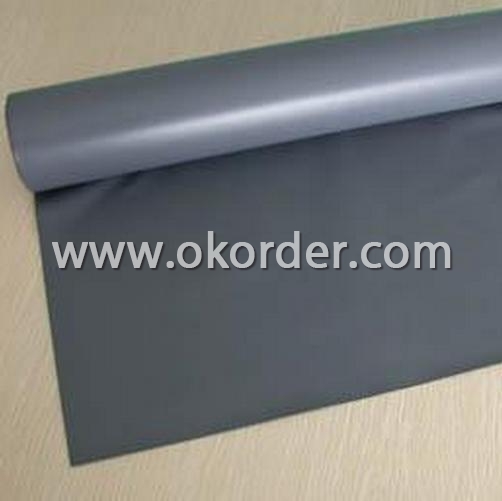
- Q: What are the advantages of glass fiber textiles?
- Glass fiber textiles are a popular choice in various industries due to their numerous advantages. Firstly, they possess exceptional strength and durability, boasting high tensile strength that enables them to withstand significant tension without breaking or deforming. This quality makes them ideal for reinforcing concrete structures in the construction industry, where strong and long-lasting materials are essential. Secondly, glass fiber textiles exhibit excellent heat resistance, allowing them to endure high temperatures without melting or compromising their structural integrity. This makes them suitable for applications such as fire-resistant clothing, insulation materials, and even thermal protection in the aerospace industry. Additionally, glass fiber textiles are highly resistant to chemicals and corrosion. They do not react with most chemicals, acids, or alkalis, making them suitable for use in harsh environments or in contact with corrosive substances. This corrosion resistance makes them ideal for industries like oil and gas, chemical processing, and marine applications. Furthermore, glass fiber textiles possess low electrical conductivity, which makes them suitable for use in electrical insulation materials. They prevent the flow of electric current and minimize the risk of electrical shock or short circuits. Another advantage is the lightweight nature of glass fiber textiles. They offer great strength and durability while being relatively lightweight, thanks to their high strength-to-weight ratio. This makes them easier to handle and transport, reducing costs and improving efficiency in manufacturing processes. Lastly, glass fiber textiles are non-combustible, meaning they do not easily catch fire or support combustion. This characteristic makes them a safer choice for applications where fire resistance is crucial, such as building materials, automotive parts, and protective clothing. Overall, the advantages of glass fiber textiles encompass their strength, durability, heat resistance, chemical resistance, electrical insulation properties, lightweight nature, and non-combustibility. These qualities make them a versatile material with applications in various industries, ensuring optimal performance in demanding environments.
- Q: What are the main ingredients of optical fiber?
- The main raw material of optical fiber fiber, according to the composition of raw materials, inorganic and organic types, inorganic materials have high-purity quartz, organic raw materials have polystyrene, PS, polymethyl methacrylate, PMMA and so on.
- Q: Can glass fiber textiles be used in furniture?
- Glass fiber textiles, or fiberglass, have a wide range of applications in furniture. This versatile material is lightweight, strong, and durable, making it an excellent choice for constructing furniture. Chairs, tables, and shelves can all benefit from the reinforcement and strength that fiberglass provides. Furthermore, the moldability of fiberglass allows for the creation of unique and innovative furniture designs. Its resistance to moisture, chemicals, and UV radiation also makes it suitable for both indoor and outdoor furniture. Combining fiberglass textiles with other materials, such as wood or metal, can create hybrid furniture pieces that offer the advantages of both materials. Overall, glass fiber textiles have numerous advantages that make them a viable option for furniture manufacturing.
- Q: Can glass fiber textiles be used in car body panels?
- Yes, glass fiber textiles can be used in car body panels. Glass fiber textiles are commonly used in the automotive industry to reinforce and strengthen various components, including car body panels. The use of glass fiber textiles in car body panels provides improved strength, durability, and lighter weight compared to traditional materials, making it a popular choice for manufacturers.
- Q: Are glass fiber textiles resistant to insect damage?
- Yes, glass fiber textiles are generally resistant to insect damage. The material is made from fibers of glass, which insects do not find appealing or edible. Therefore, they are less likely to be damaged or destroyed by insects compared to other natural fibers like cotton or wool. Additionally, glass fiber textiles are also highly durable and do not provide a suitable environment for insects to nest or burrow into. However, it is important to note that while glass fiber textiles are resistant to insect damage, they are not completely immune. In rare cases, certain types of insects may still cause some minimal damage, but this is typically not a common occurrence. Overall, glass fiber textiles are a reliable choice for insect resistance.
- Q: Is it OK to make a model with fiberglass cloth and paint brush on the model?
- Hello Yes, but the effect is not very good. It is better to use ABS plastic material, which is beautiful and durable!
- Q: Can glass fiber textile be used in solar panel applications?
- Yes, glass fiber textile can be used in solar panel applications. It is commonly used as a reinforcing material for the backsheet of solar panels, providing mechanical strength and durability to protect the solar cells. Additionally, glass fiber textiles can also be used in the fabrication of flexible or lightweight solar panels, offering flexibility and ease of installation.
- Q: What is the weight of glass fiber textiles?
- The weight of glass fiber textiles can vary depending on the specific type and thickness of the textile. Generally, glass fiber textiles are lightweight in nature and can range from as low as a few grams per square meter to around 200 grams per square meter. However, it is important to note that there are various types of glass fiber textiles, such as woven fabrics, non-woven fabrics, and mats, each with their own weight characteristics. Therefore, it is advisable to refer to the specific product's specifications or consult the manufacturer for accurate information on the weight of a particular glass fiber textile.
- Q: Can glass fiber textile be used in sporting goods?
- Yes, glass fiber textile can be used in sporting goods. Glass fiber textiles are lightweight, strong, and have excellent impact resistance, making them suitable for various applications in the sports industry. They are commonly used in the manufacturing of sports equipment such as tennis rackets, golf club shafts, hockey sticks, and bicycle frames. The use of glass fiber textiles in sporting goods helps enhance performance, increase durability, and improve overall safety for athletes.
- Q: How does glass fiber textile perform in terms of static electricity resistance?
- Glass fiber textile possesses exceptional resistance to static electricity. It is non-conductive, meaning it does not readily allow the passage of electricity. This characteristic makes glass fiber textile highly effective in preventing the accumulation and release of static electricity. Unlike metals or certain plastics, glass fiber does not easily generate static charges, making it ideal for situations where static electricity can be problematic. Furthermore, glass fiber textile finds frequent use in environments where static electricity poses a potential risk, such as the production of electronic components or in cleanrooms. In summary, glass fiber textile demonstrates outstanding performance in terms of static electricity resistance and is the preferred choice in industries that prioritize static electricity control.
Send your message to us
Glass Fiber Textiles Silicone Coated Fiberglass Fabric
- Loading Port:
- China Main Port
- Payment Terms:
- TT or L/C
- Min Order Qty:
- 10 tons kg
- Supply Capability:
- 2*20FCL Per Month kg/month
OKorder Service Pledge
OKorder Financial Service
Similar products
Hot products
Hot Searches
Related keywords
